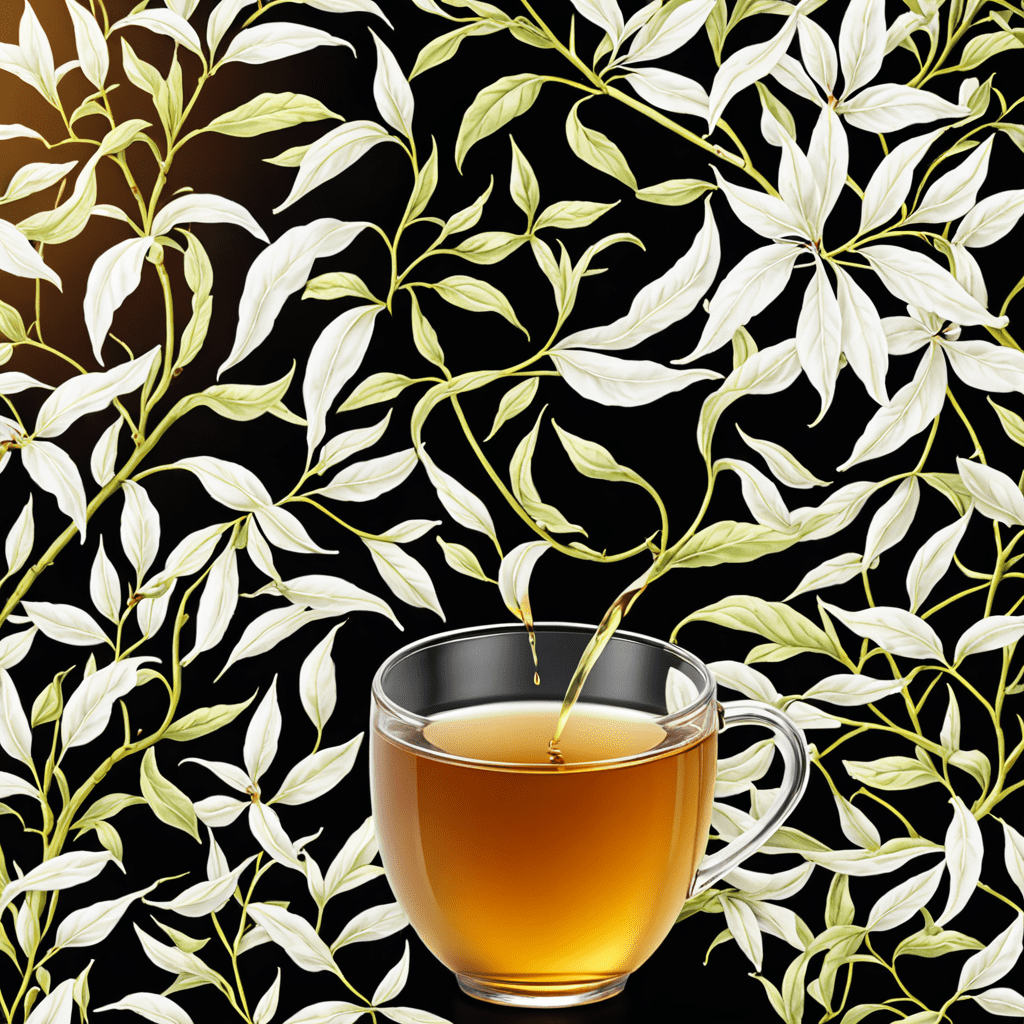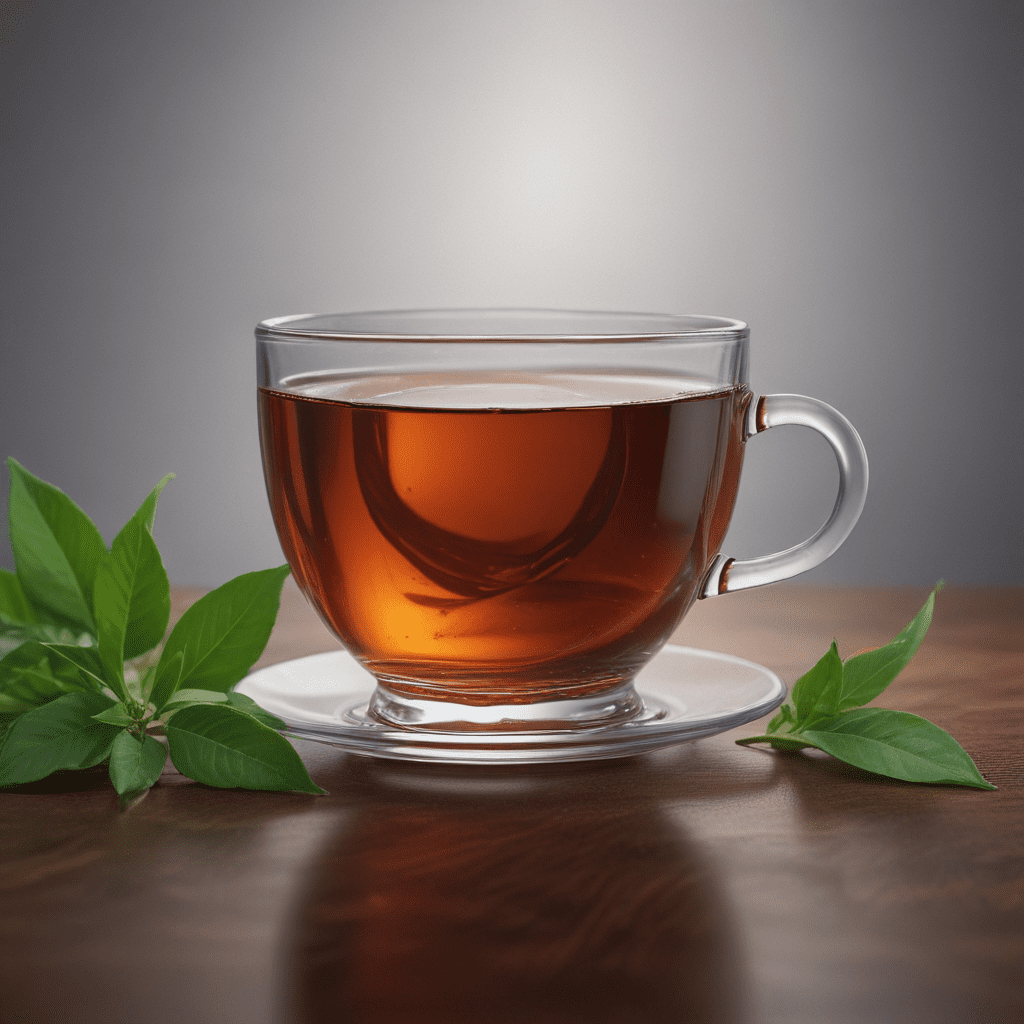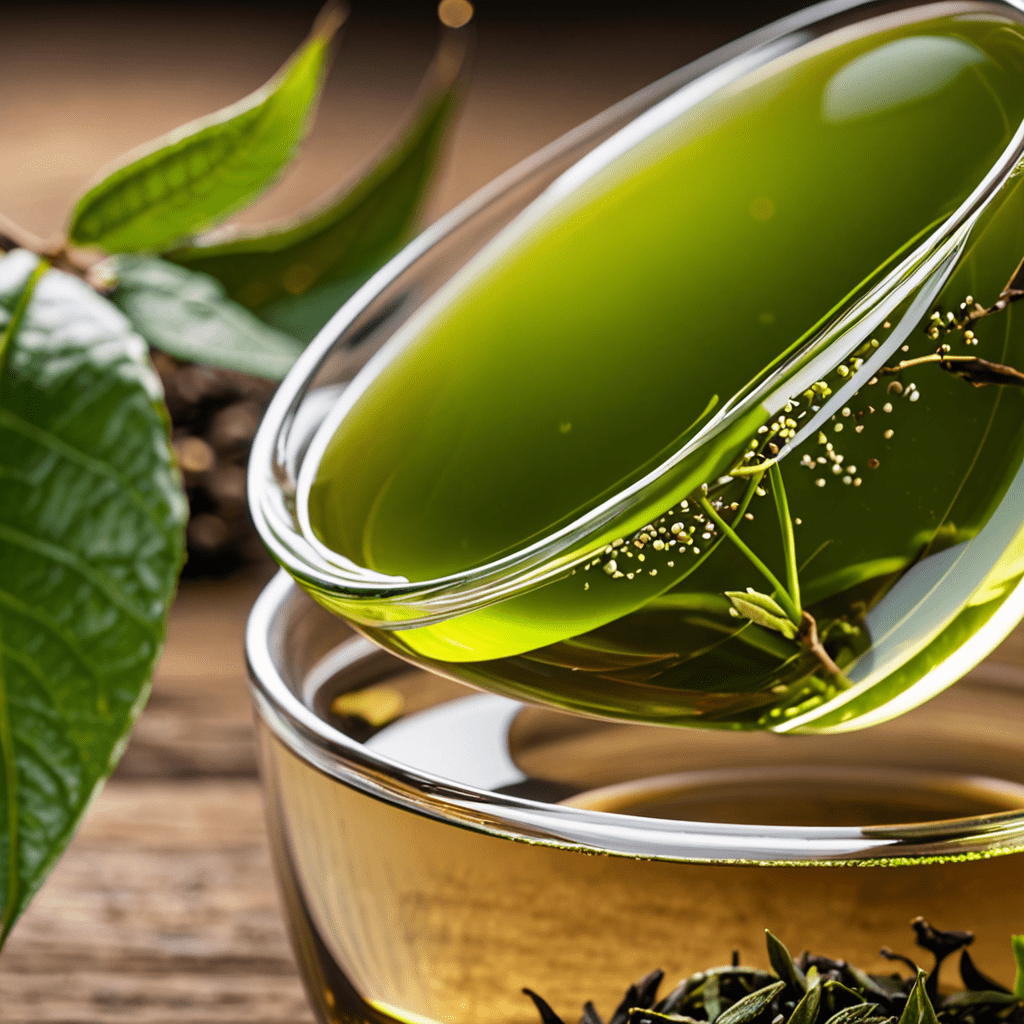White Tea: A Symphony of Tea Grace
Introduction to White Tea
White tea, known for its delicate flavor and subtle sweetness, is a type of tea made from the young leaves and buds of the Camellia sinensis plant. It is the least processed among all tea varieties, undergoing minimal oxidation. This gentle processing allows white tea to retain its natural health benefits and unique taste profile.
Harvesting and Processing
White tea is typically harvested in early spring when the tea plant’s new growth emerges. The leaves and buds are carefully plucked by hand to ensure only the finest and youngest parts of the plant are selected. After harvesting, the leaves undergo minimal processing, which includes withering and drying. This minimal processing helps maintain the tea’s delicate flavors and aroma.
Types of White Tea
There are several varieties of white tea, with each offering its own distinct characteristics. Some popular types include Silver Needle (Bai Hao Yinzhen), White Peony (Bai Mudan), and Long Life Eyebrow (Shou Mei). Silver Needle, made from the buds of the tea plant, is known for its floral and sweet flavor. White Peony, a blend of buds and leaves, offers a slightly stronger taste with hints of stone fruit. Long Life Eyebrow, made from more mature leaves, has a bolder flavor profile.
Health Benefits of White Tea
White tea is not only prized for its delicate taste but also for its potential health benefits. Rich in antioxidants, white tea may help boost the immune system, reduce the risk of chronic diseases, and promote overall well-being. Studies suggest that white tea may have anti-inflammatory and anti-aging properties, making it a popular choice among health-conscious tea drinkers.
Brewing and Serving
To enjoy white tea at its best, it’s essential to brew it properly. White tea should be steeped in water that is below boiling temperature, around 175°F to 185°F, for about 2-4 minutes. This gentle brewing method allows the delicate flavors of white tea to fully unfold. Serve white tea in clear glass or white porcelain teaware to appreciate its light color and subtle fragrance.
Culinary Uses and Pairings
White tea’s delicate flavor makes it a versatile ingredient in culinary creations. It can be infused into syrups, used in desserts, or incorporated into savory dishes. When it comes to pairings, white tea complements light dishes such as salads, seafood, and fruit-based desserts. Its subtle notes can enhance the flavors of the dish without overpowering them.
In Conclusion
White tea, with its gentle flavors and potential health benefits, offers a symphony of grace in every cup. Whether you savor it for its delicate taste or embrace it for its wellness properties, white tea continues to captivate tea enthusiasts worldwide. Explore the world of white tea and experience the elegant harmony it brings to your tea drinking repertoire.
FAQ About White Tea: A Symphony of Tea Grace
What is White Tea?
White tea is a delicate and minimally processed tea made from the Camellia sinensis plant. It is known for its subtle flavor, light color, and high antioxidant content.
How is White Tea Different from Other Teas?
White tea undergoes minimal processing, with young tea leaves and buds simply withered and dried. This gentle process helps retain the tea’s natural freshness and delicate flavors, distinguishing it from green, black, and oolong teas.
What Are the Benefits of Drinking White Tea?
White tea is rich in antioxidants that may help boost overall health, protect against chronic diseases, and promote skin health. Its low caffeine content makes it a soothing option for relaxation.
How Should White Tea Be Prepared?
To prepare white tea, use freshly boiled water cooled to around 175°F to 185°F. Steep the tea for 1 to 3 minutes to enjoy its subtle yet complex flavors. Avoid adding milk or sweeteners to experience the true essence of white tea.



